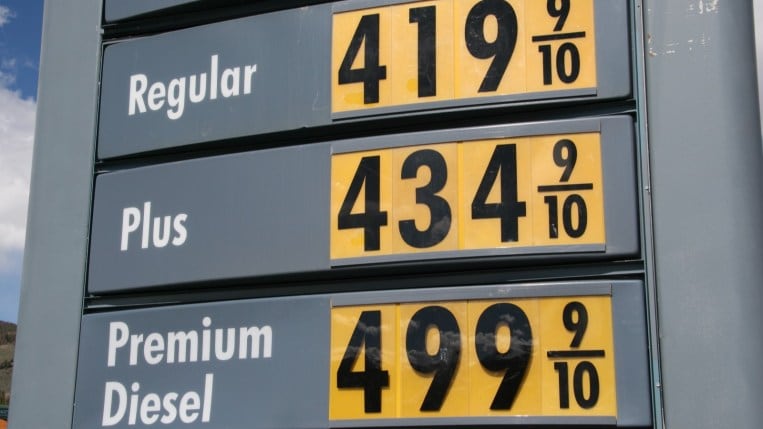
The record isn’t old. It was set in early March, when Russia’s invasion of Ukraine, and the international response to it, restricted worldwide gasoline supplies.
Government Actions Worked for a While
But, since that time, the federal government and some state governments have taken actions to ease Americans’ pain at the pump. It seemed to work for a time.
The White House authorized the Energy Department to release up to 1 million barrels of oil per day from America’s strategic petroleum reserve through the summer. It also eased restrictions on the ethanol content of gasoline. That allowed refiners to stretch existing gasoline supplies by adding up to 15% ethanol even in summer months when anti-pollution measures usually cap ethanol content at 10%.
Several states waived gasoline taxes to bring drivers relief.
For a time, it seemed to help. Prices declined – falling below $4 per gallon in more than half of the states.
But late last week, the price at the pump began soaring again.
Why?
Demand Going Up
Simple supply and demand. Supply is going down. Demand is going up.
According to the Energy Information Administration, the total amount of gasoline available for purchase in America is decreasing by about 1% per week.
Demand, meanwhile, is increasing. Americans burned 8.86 million barrels of gasoline in the week ending April 29 (the most recent numbers available). That was up from 8.74 million the week before.
Analysts believe demand will increase in coming weeks as summer driving season kicks into full gear. AAA’s Mark Jenkins predicts that “summer fuel demand will far outpace what we saw last year,” when Americans were more likely to limit their travel due to the COVID-19 pandemic.
Experts say that only decreasing demand will drive down prices.
Disagreements About Why, but Production Won’t Increase
Oil companies are either unable or unwilling to increase production quickly. Outgoing White House Press Secretary Jen Psaki has put the blame on oil companies, saying “there are 9,000 approved drilling permits that are not being used.”
A recent explainer from the American Petroleum Institute calls that a “red herring” because of the time it takes to start new oil drilling projects, noting that “developing a lease takes years and substantial effort to determine whether the underlying geology holds commercial quantities of oil.”
The two sides seem to consider that a disagreement, but both explanations say no one will be producing more oil anytime soon.
Record Profits Anyway
Meanwhile, British oil giant Shell reported a record quarterly profit of $9 billion last week. That followed similar record announcements from Exxon Mobil Corp. and Chevron Corp. Whatever is true about the contested oil lease question, oil companies are enjoying record profits from the current situation.
We Say We’re Driving Less; We Aren’t
That puts the onus on drivers to drive less. Interestingly, Americans say they are. But the numbers don’t bear that out.
A recent Yahoo! Survey finds that 66% of vehicle owners or households say “they have made or will make significant changes to their driving patterns if the national average cost of gasoline sits between $4.12-4.35 per gallon.” The remaining third say they will change their habits if the price drifts over $5 per gallon.
But consumption numbers show that Americans are burning more gas each week as the weather warms up.
Read Related Stories:
- How Hypermiling Saves You Money
- How Much Do Rising Gas Prices Actually Cost You?
- High Gas Prices Have Americans Shopping for Hybrids, EVs







